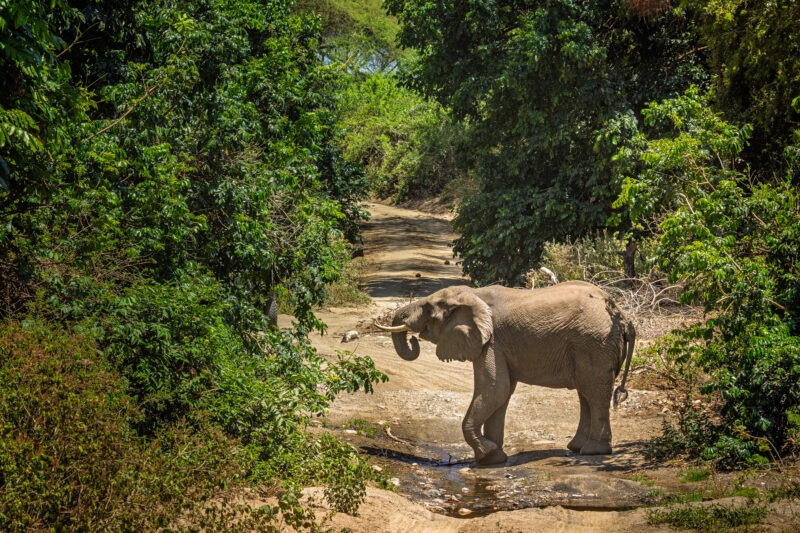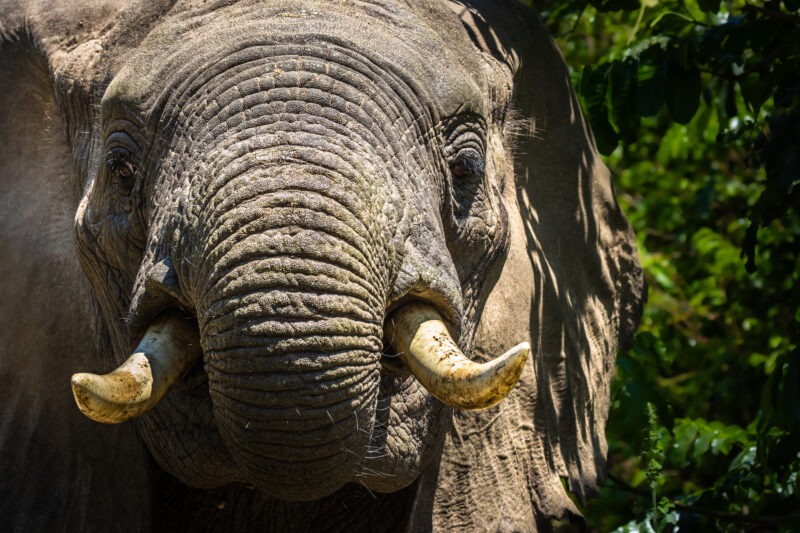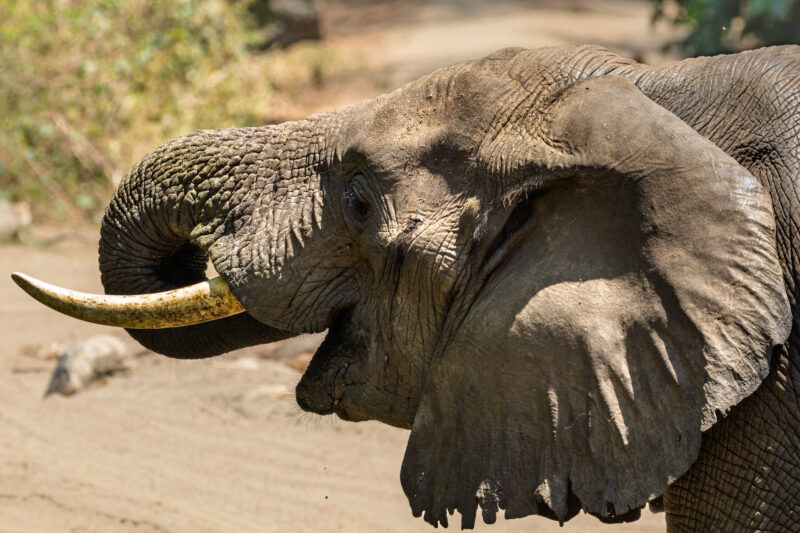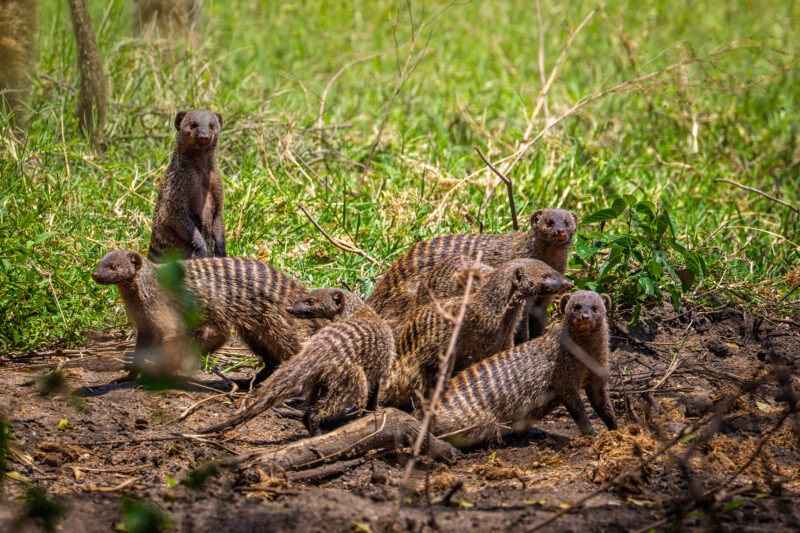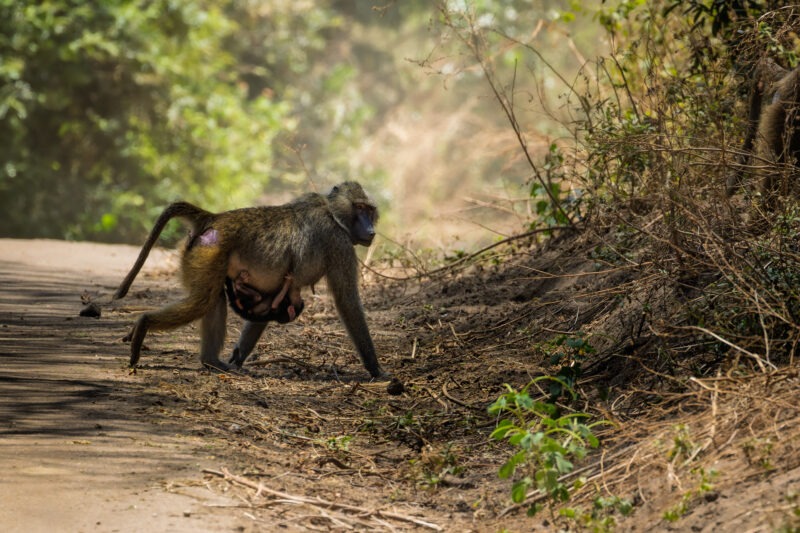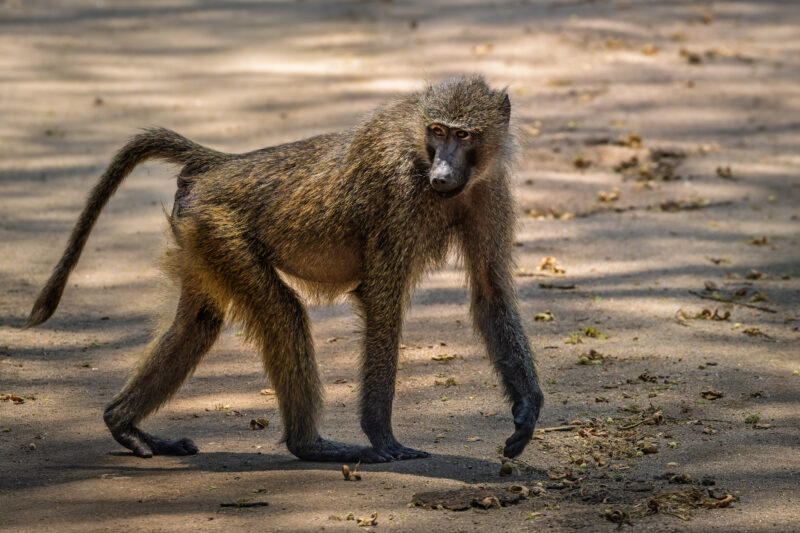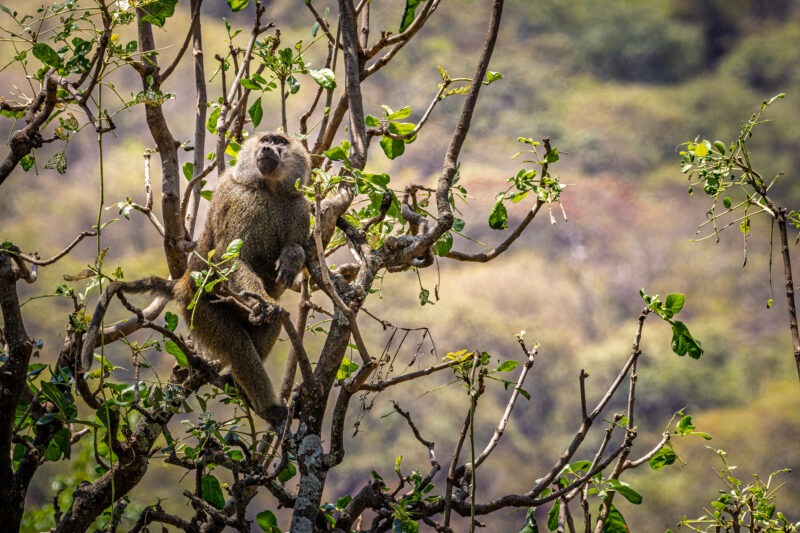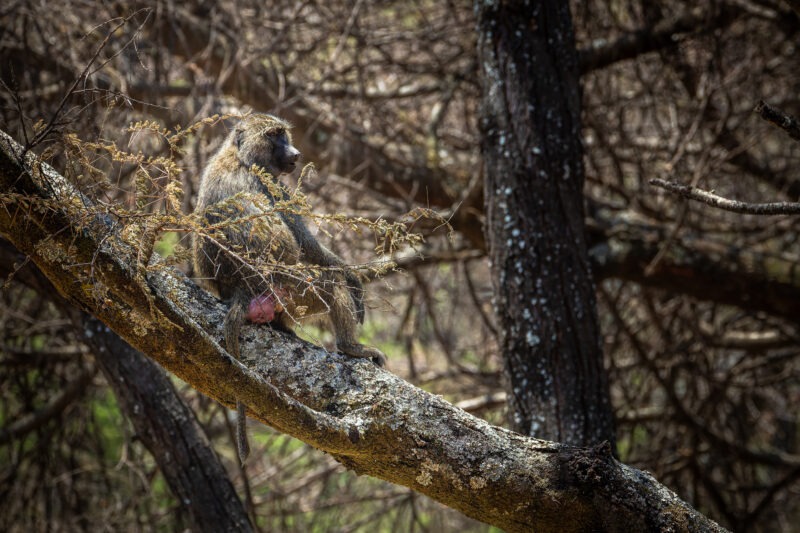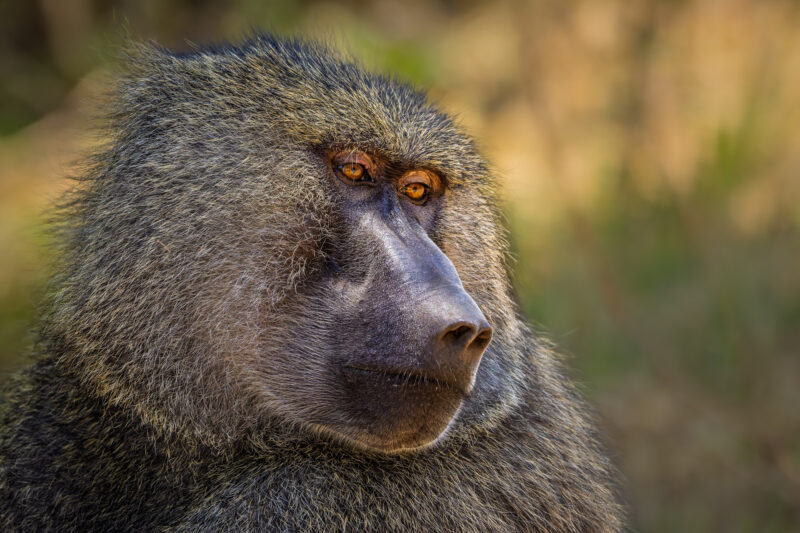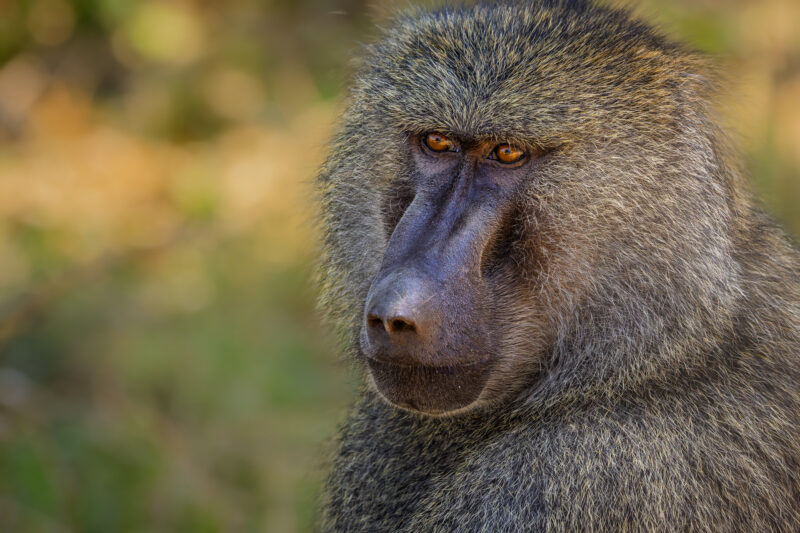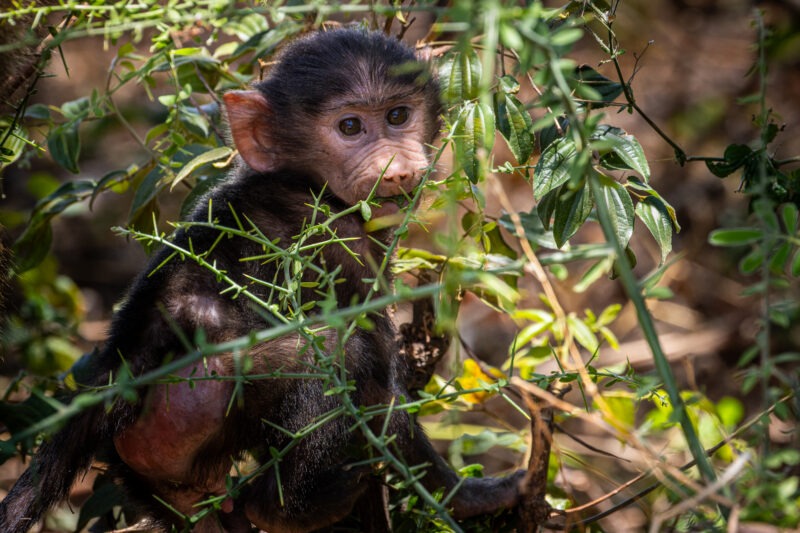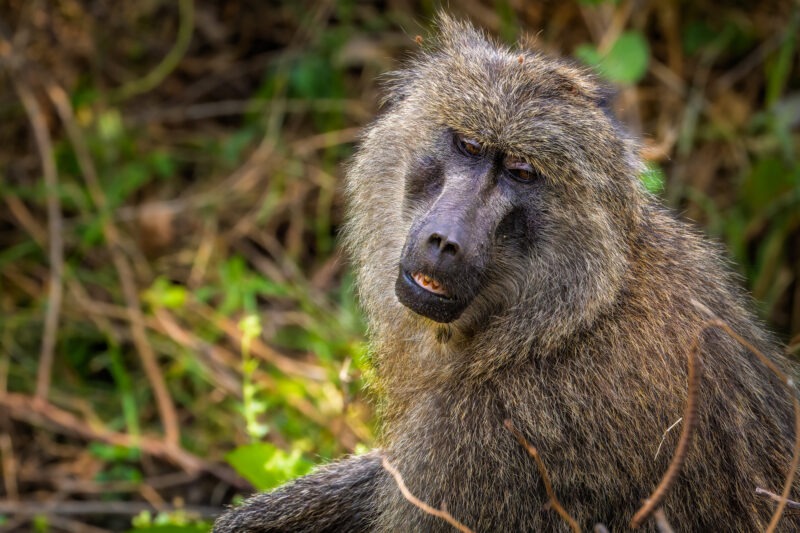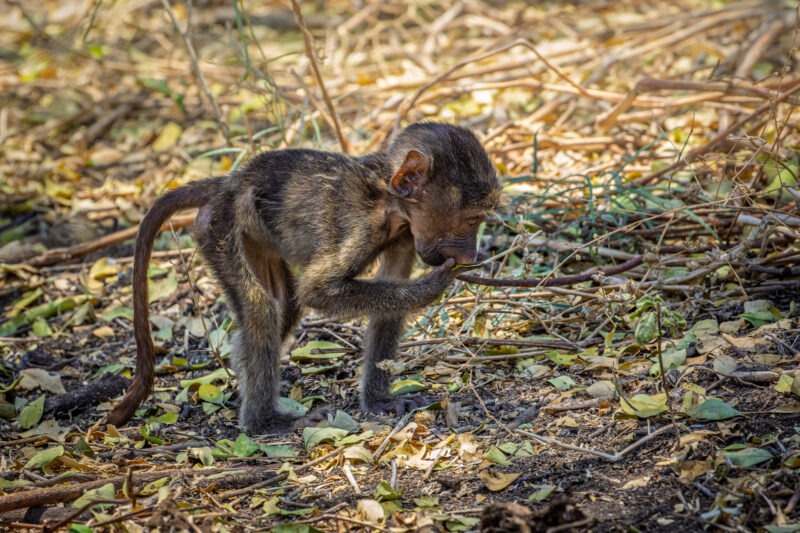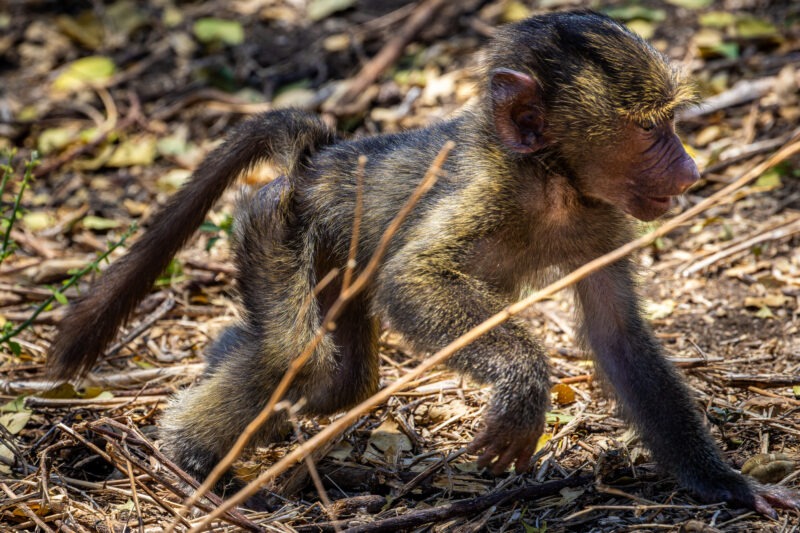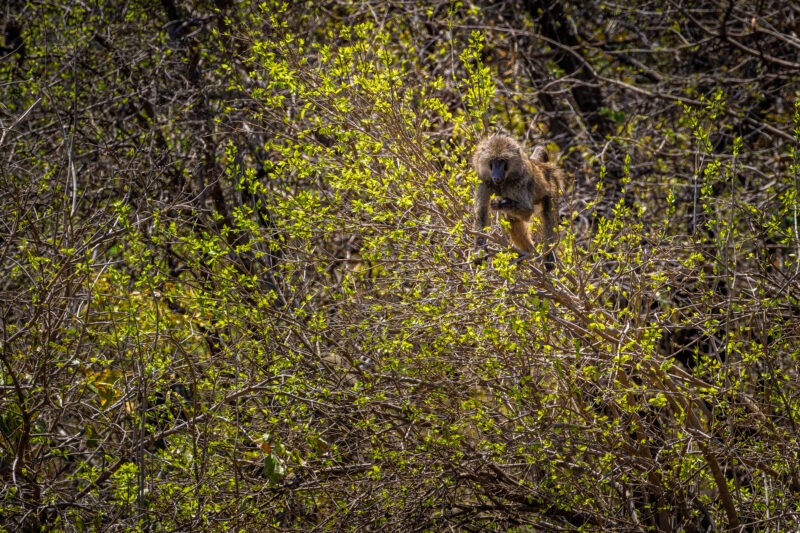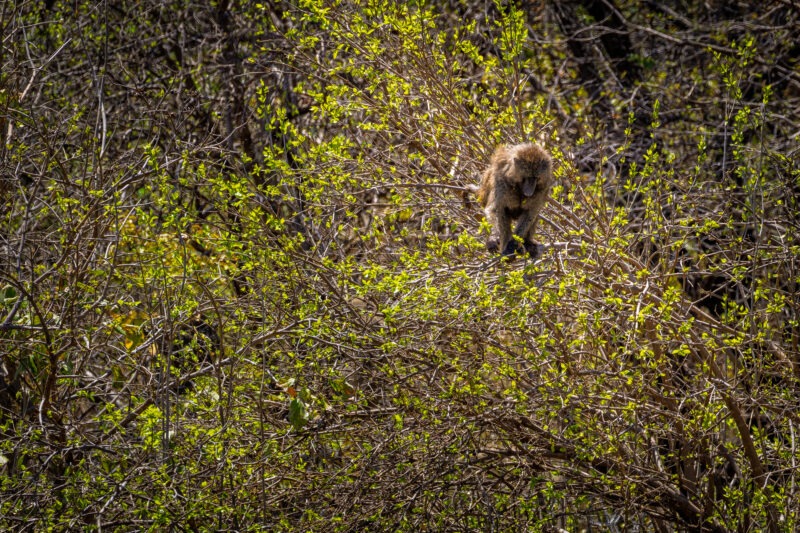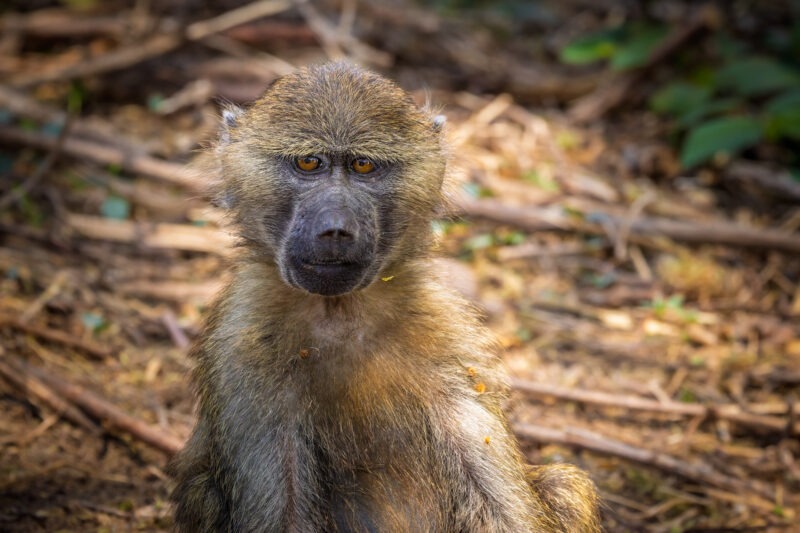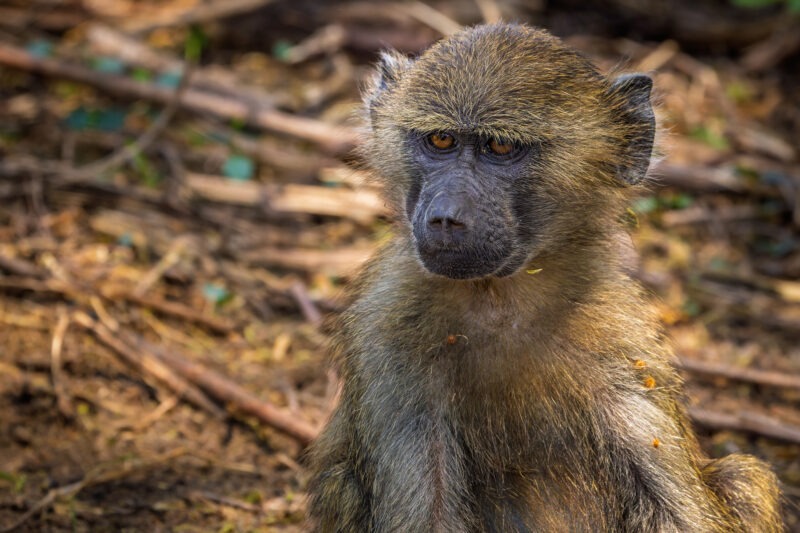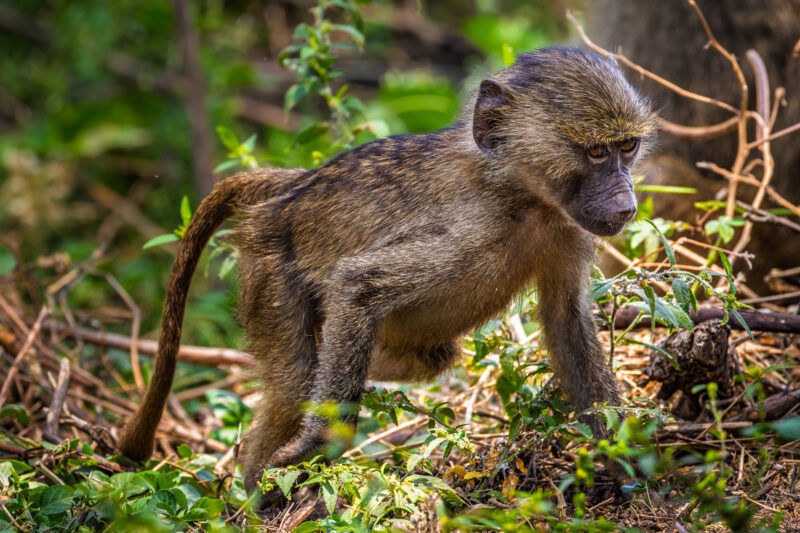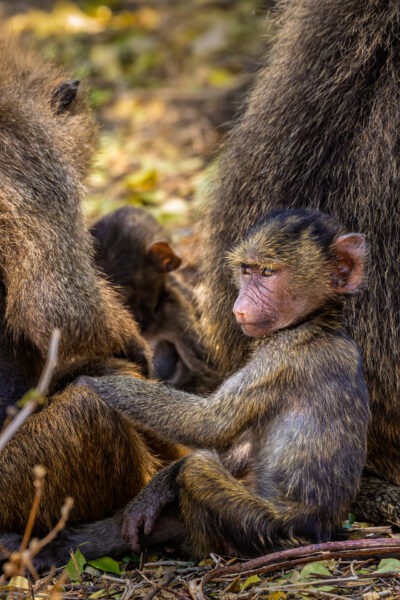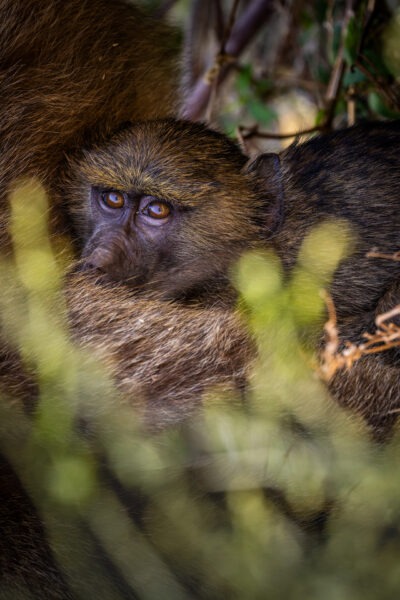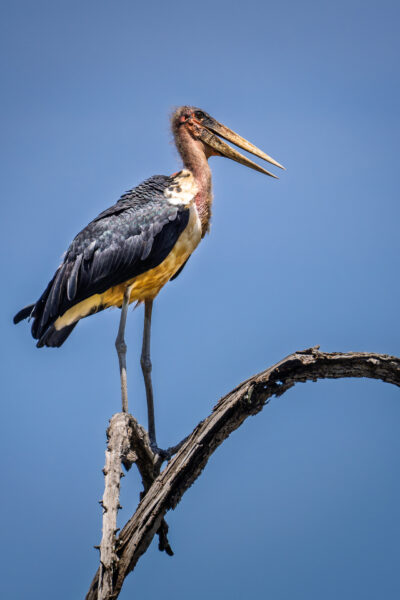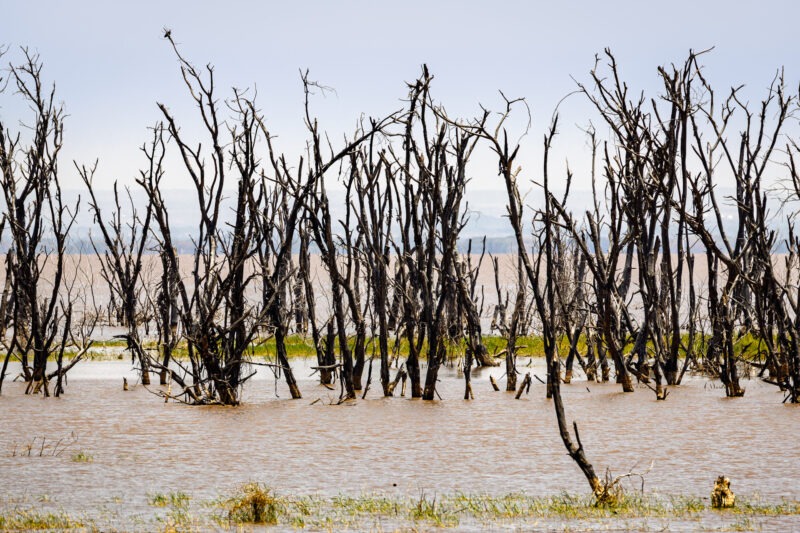Lake Manyara National Park
Tanzania
The second day of safari: from Tarangire to Lake Manyara
After an unforgettable first day in Tarangire National Park, our adventure in Tanzania continued towards a new destination, equally fascinating and full of surprises: Lake Manyara National Park.
The transfer from Tarangire to Manyara was a journey through breathtaking landscapes, picturesque villages, and expanses of wilderness. We crossed lush rice fields, where local women worked with skill and dedication, and lively villages, where children greeted us with enthusiasm and a contagious smile.
Along the way, we had the opportunity to observe up close the authentic life of Tanzania, made of slow rhythms, ancient traditions, and a deep connection with the land. We saw mud and straw houses, colorful markets, and people moving on foot or by bicycle, carrying goods and smiles.
Lake Manyara National Park: a unique ecosystem
Lake Manyara National Park is a protected area of approximately 330 km², located in the Arusha region, in northern Tanzania. The park is famous for its incredible biodiversity and its varied landscape, which includes rainforest, savannah, wetlands, and the alkaline lake that gives the park its name. Unlike Tarangire, characterized by large open spaces and the massive presence of elephants, Lake Manyara offers a different, more intimate and varied safari experience. The park is smaller and denser in vegetation, which makes animal sightings more exciting and unpredictable.
Encountering baboons and mongooses
As soon as we entered the park, we were greeted by a multitude of baboons, moving agilely among the trees and along the paths. These intelligent and social primates observed us with curiosity, while we admired them for their agility and adaptability. We were also fortunate enough to spot some mongooses, small and agile, moving stealthily through the grass. We were amazed by their tranquility in staying close to the baboons. These animals are known for their ability to hunt venomous snakes, such as cobras, thanks to their speed and lightning reflexes.
The richness of Lake Manyara's fauna
In addition to baboons and mongooses, Lake Manyara is home to a variety of wild animals, including elephants, lions, giraffes, zebras, buffalo, hippos, and a myriad of birds, including the famous pink flamingos. The park is particularly renowned for its tree-climbing lions, which climb trees to escape the heat and predators. This unique habit makes them one of the park’s main attractions.
Mto Wa Mbu and the colors of the market
Mto Wa Mbu (which translated from Swahili means river of mosquitoes, although we didn’t find any), located in the Arusha region of Tanzania, is a lively and multicultural town, a true crossroads of peoples and traditions. Located at the foot of the Rift Valley, Mto Wa Mbu is surrounded by breathtaking landscapes, with Lake Manyara on one side and the imposing cliffs of the Rift Valley on the other. The town is famous for its local market, rich in colors and scents, where you can find fresh produce, local crafts, and aromatic spices.
Manyara Lakeview Oasis: an unforgettable sunset
Our safari day ended at Manyara Lakeview Oasis, a lodge located in Mto Wa Mbu on the shores of the lake, which offers a spectacular view of the sunset. As the sun slowly set on the horizon, tinging the sky with warm and enveloping colors, we enjoyed a delicious dinner, accompanied by a good glass of local wine. The view of Lake Manyara at sunset was an unforgettable experience, a moment of peace and serenity, which crowned our second day of safari in Tanzania in the best possible way.
Useful tips for those visiting Lake Manyara National Park
- Best time to visit: The dry season (from June to October) is the best time to visit the park because the vegetation is less dense and therefore sightings are easier. We visited during the first days of November and, listening to Allen’s indications, it seems that the small rainy season that runs from November to December is increasingly shortening due to climate change.
- Clothing: It is advisable to wear comfortable and light clothing, in neutral colors (beige, green, brown), a hat, sunglasses, and trekking shoes.
Equipment: Bring a camera with a good zoom telephoto lens (a 70-300 or a 100-400), a second camera with a wide-angle lens (there is always a lot of dust and therefore it is better not to change lenses) or a smartphone, binoculars, a water bottle (although guides usually always have water reserves for the travelers they accompany), sunscreen and mosquito repellent (I recommend Jungle Formula FORTE – We found very few mosquitoes, but you still need to prevent bites because the risk of malaria is always lurking). - Respect the environment: Do not leave waste in the park, do not disturb the animals, always follow the guide’s instructions.
